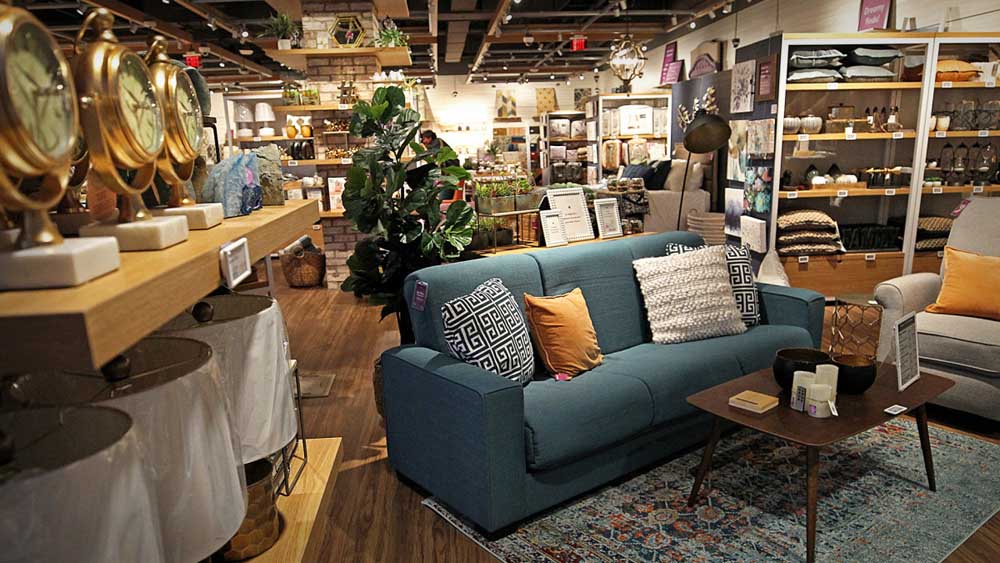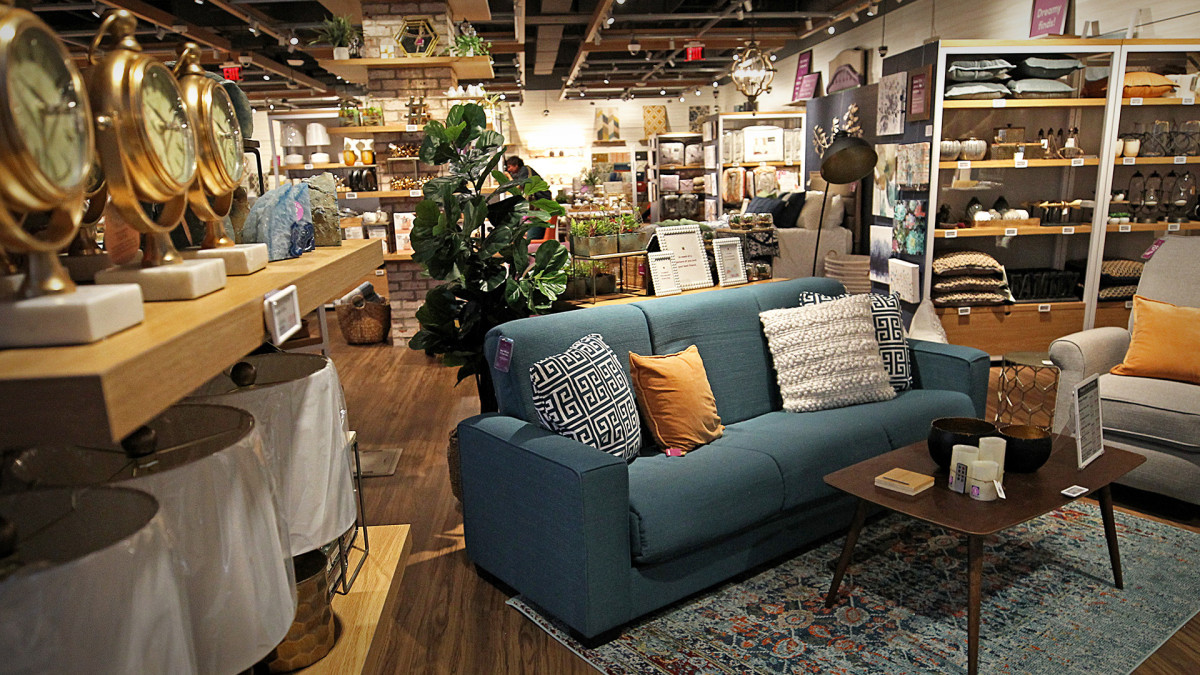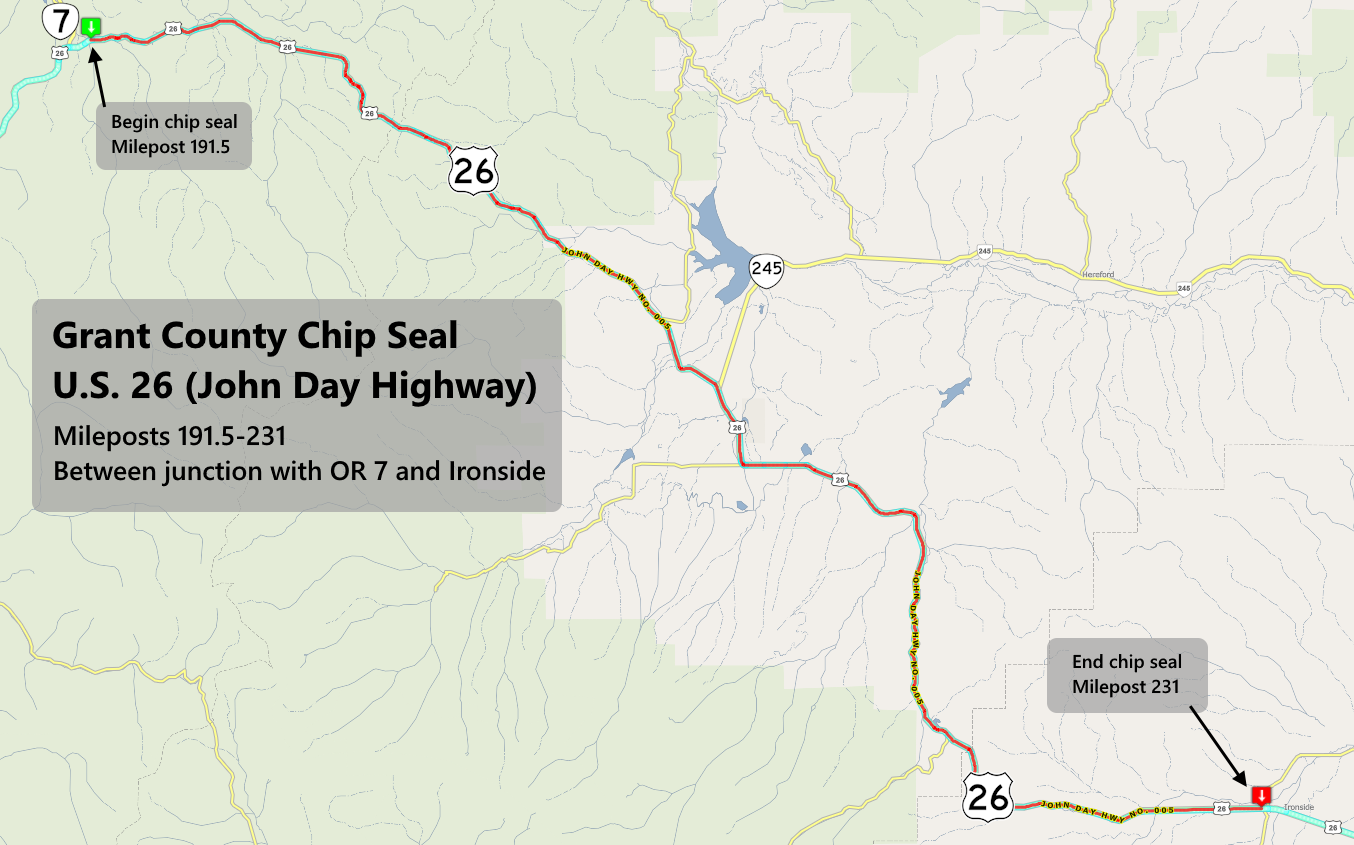Another U.S. retailer files an unexpected bankruptcy
Published 12:06 pm Monday, September 25, 2023

- Wayfair has struggled to make money since the pandemic.
The past year has been very hard on big retail brands with a number of major names filing Chapter 11, then not being able to reorganize their business. Normally, a Chapter 11 filing buys the retailer time to find new funding and negotiate deals with its vendors.
In many cases, those vendors want the retailer to survive and might make concessions to help make that happen. Sometimes that leads to positive results like Party City and David’s Bridal which were able to emerge from bankruptcy with less debt, and at least a chance of long-term survival.
DON’T MISS: Bankruptcy watch: Another beloved brand faces a cash crunch
That was not the case, however, for Bed Bath & Beyond, Christmas Tree Shops, and Tuesday Morning. All three of those chains were unable to find a way to continue and moved into Chapter 7 bankruptcy.
When that happens, liquidation sales are held, followed by any assets the company owns being sold off to pay off creditors. Bed Bath & Beyond, for example, saw its name, website, and its brand get purchased by the former Overstock.com, which promptly changed its name.
So, while all of its stores closed and it’s no longer the same company, Bed Bath & Beyond’s name still exists. That’s, so far, not the case for Tuesday Morning or Christmas Tree Shops, which have liquidated their merchandise, but have not auction off their names and intellectual property.
Now, another major retail name has filed for chapter 11. You may not know the brand itself, but its products are sold at Amazon, Walmart, Costco, Wayfair, Overstock, Target, and Home Depot.
That’s a murderer’s row of retail greats which all now face the risk of losing Noble House, as a partner.

Image source: Suzanne Kreiter/The Boston Globe via Getty Images
Noble House files Chapter 11
While retail partners can often help a vendor escape liquidation, by agreeing to new terms, that may not help Noble House, because the furniture companies big-name partners are not its biggest debt holders. Instead, the company said in its bankruptcy filing that “trade debts from importers and vendors in China and Vietnam make up a majority of the largest claims by the company’s unsecured creditors,” Retail Dive reported.
Noble House may not be a super well-known name, but the company does business with a lot of major brands, under a few different brand names that consumers might know.
“The company is a distributor, manufacturer and retailer of indoor and outdoorhome furnishings with distribution throughout ecommerce channels including partners such as Amazon, Walmart, Costco, Wayfair, Overstock, Target and Home Depot, fulfilling direct to consumer orders from its distribution centers. Family-owned since its founding in 1992, the company designs, markets and sells products under several brands including Christopher Knight Home, NobleHouse, LePouf, OkiOki, Best Selling, and GDFStudi,” according to its bankruptcy filing.
In addition to its ecommerce partners, Noble House also sells through wholesalechannels, primarily to TJMaxx, Home Goods, Marshalls, and Ross Stores.
What’s next for Noble House?
The company has asked for and received court permission to make emergency payments to keep its key suppliers willing to ship to the company and stopping warehouses from seizing completed goods.
“The bebtors have sufficient funds to pay the amounts described in this motion inthe ordinary course of business by virtue of expected cash flows from ongoing business operations and anticipated access to cash collateral and proposed debtor in possession financing,” the company shared in its bankruptcy filing.
Noble House plans to sell itself in order to remain a going concern.
“The company entered bankruptcy with a baseline bid from the logistics and technology firm GigaCloud Technology to buy it for $85 million,” according to RetailDive.
A court would have to approve any sale and higher bids could come in. David’s Bridal avoided liquidation by finding a buyer to take over the company, which a bankruptcy court decided was a better outcome for stakeholders than a Chapter 7 filing.






